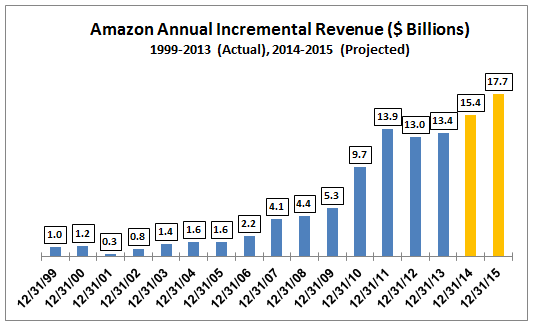How to quickly solve your engagement, retention, and employer brand problems
If you (and the people in your organization) are representatives of what has been happening more generally in work and workplaces over the last decade or so then you are likely working more hours, remain as disengaged as ever, and now, more acutely, are struggling to find and retain the needed talented people for many of your key roles.
These challenges of work/life balance, engagement, and retention collectively have had about 4,958,909 articles and 'advice' pieces written about them in the last few years, (I looked it up), and yet most organizations and people still struggle with one or all of these problems. But what if there were one simple change to the design of work and workplaces that actually could improve the situation across all three of these measures? What if there were the equivalent of an HR/Talent/Org Design magic wand that you could wave and you'd pretty quickly see employees happier with their work/life balance, become more enthusiastic and engaged with their work, and be much less likely to leave your organization to search for greener pastures?
When you hear this idea (especially if you are from the USA), your first reaction is almost certainly going to be 'There's no way that will ever work here', but I ask you just suspend your cynicism for three minutes and at least allow your imagination to play with the concept - it's Monday morning and you are having a hard time getting going anyway.
So here it is, the easy solution to burnout, engagement, and retention:
Change your standard workday to 6 hours.
That's it. Keep everything else (salary, benefits, performance standards, org structure, etc.) the same. Just cut the workday from the 8 hours down to 6, and remind everyone that you still expect and require the same productivity and outcomes as you did on the 8 hour day, but you now only 'require' them to work for 6 hours.
This is an idea that has been in the news again lately, based on a few experiments both in the public and private sectors in Sweden, and are reviewed in this recent piece in the Guardian. Organizations that have either tested or totally adopted the reduced hours have consistently reported improvements across the three key objectives I have been mentioning - work/life, engagement, and retention.
From the Guardian piece, the experiences of a tech startup, (a type of company much more commonly associated with 12 or more hour days):
For Maria Bråth, boss of internet startup Brath, the six-hour working day the company introduced when it was formed three years ago gives it a competitive advantage because it attracts better staff and keeps them. “They are the most valuable thing we have,” she says – an offer of more pay elsewhere would not make up for the shorter hours they have at Brath.
The company, which has 22 staff in offices in Stockholm and Örnsköldsvik, produces as much, if not more, than its competitors do in eight-hour days, she says. “It has a lot to do with the fact that we are very creative – we couldn’t keep it up for eight hours.”
And what about a more 'normal' job, say as an auto mechanic? Well their is evidence that shorter workdays can be successful there as well:
Martin Geborg, 27, a mechanic, started at Toyota eight years ago and has stayed there because of the six-hour day. “My friends are envious,” he says. He enjoys the fact that there is no traffic on the roads when he is heading to and from work. Sandra Andersson, 25, has been with the company since 2008. “It is wonderful to finish at 12,” she says. “Before I started a family I could go to the beach after work – now I can spend the afternoon with my baby.”
I know what you are thinking - there is no way a 25% reduction in work hours without a reduction in comp and ben costs will EVER work for you.
The bosses will never go for it, and for US companies, it just sounds too 'European' and vaguely socialist an idea to ever merit serious consideration. But if you can get past your instinctive reaction as an HR pro and just consider the notion as an individual employee you might think differently.
How much time, really, do you spend each day on 'non-work' - catching up on your idiot friends posts on Facebook, calling to schedule a Dr. appointment, or doing the lunchtime 'bank/dry cleaner/pharmacy' trifecta?
How many of your kids school activites to you either miss or have to guiltily sneak out of work to try and attend?
How many times to you sit in traffic from 5:45PM - 7:00PM only to reach home completely frazzled and wiped out?
And after all of that, how much work, actual important and quality work did you get done that day?
Definitely some, you are a solid pro, but definitely not 8 hours worth, that is for sure. Work expands to fill the available space and time provided, often crowding out the other, 'non-work' parts of our lives. And, if your job is similar to many of the other folks I know, it never really is 'done' anyway - no matter how much time you spend in the office.
These small experiments with shorter working days all seem to turn out the same - employees are more focused, have more energy, provide better service, are happier, and are much less likely to leave what they perceive to be a great working situation.
What's not to like about that?
Nah, it would never work here.
Have a great week!

 Steve
Steve




